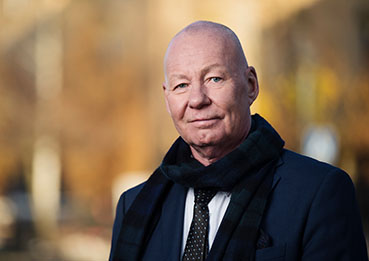The reception at KTH is probably one of the best in the country, I dare say, with around 1,500 students involved. The sections of the Student Union are the natural home for our students, and the sections are of course also central to the reception. The sections are a ‘home away from home’ during the study period. From the university side, we are both happy and proud of the great cooperation we have with the Students’ Union and the chapters. What you do is of great value to all students and to the attractiveness of our university and, in turn, to the success of our students.
This year we admitted nearly 4,500 new undergraduate students and nearly 3,000 into our various programmes. Both the total number of applicants and the total number of first choice applicants were at record levels this year. In fact, we have never had as many first-choice applicants for our civil engineering programmes as this year. KTH is also the university with the most applicants for engineering programmes in the country. More than 27 percent of all applicants to engineering programmes in Sweden apply to KTH!
International applications were also strong. We received more than 25,000 applications for our Master’s programmes, of which 13,000 chose KTH as their first choice and 10,000 of them were fee-paying students. These are also record numbers.
As I mentioned, there is something special about the start of the semester on campus, and I would like to take this opportunity to welcome all our students to campus, to thank all the students who made the welcome possible, and to wish you all the best in your further studies here at KTH.

